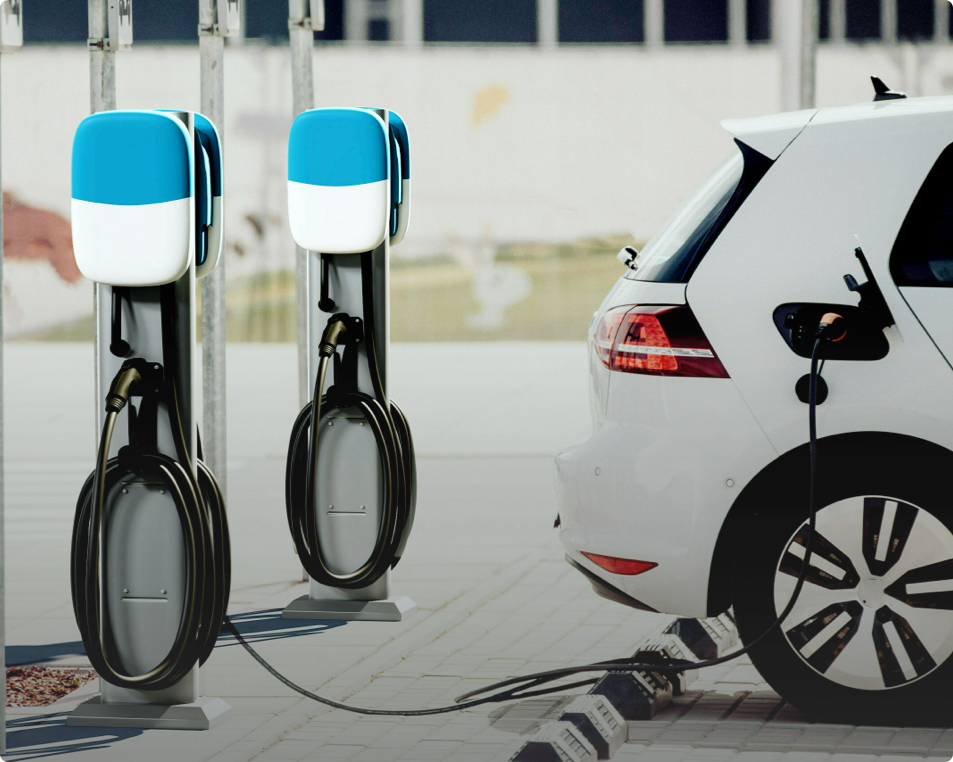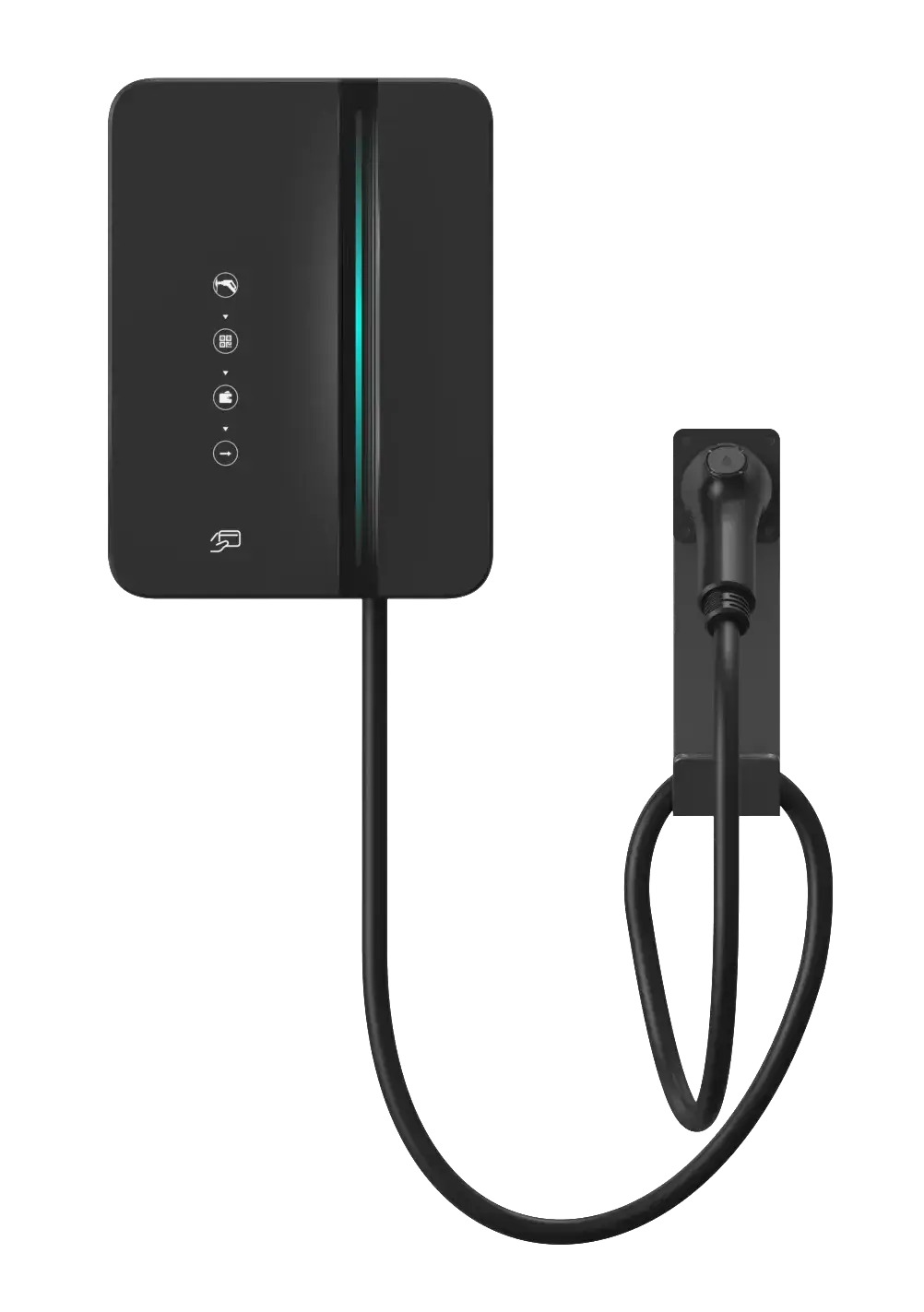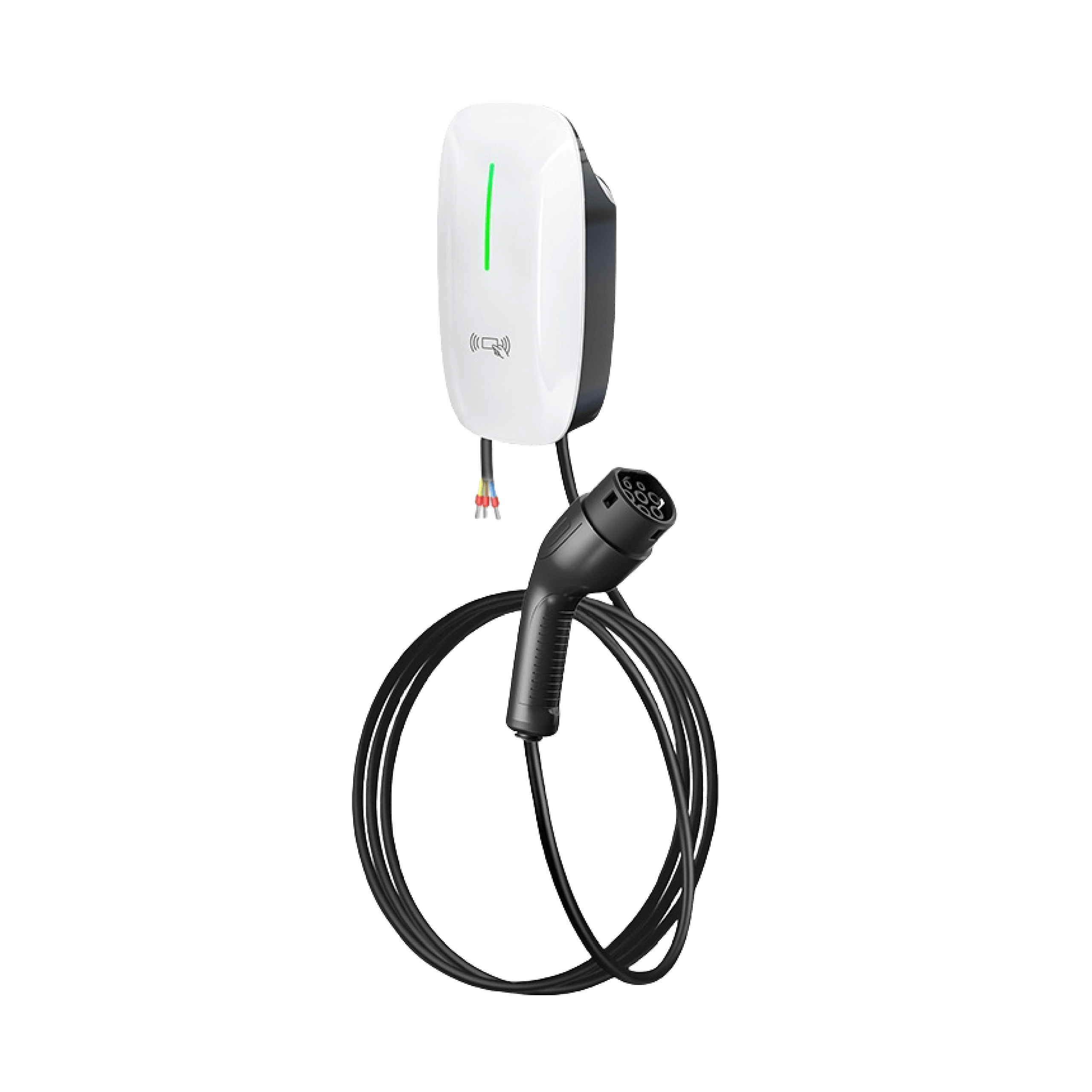Introduction: The Rise of Commercial Charging Stations
The transition toward electric vehicles has rapidly changed the way businesses in emerging regions such as Southeast Asia and the Middle East plan for transportation infrastructure. Companies that once focused on fuel logistics are now exploring opportunities in electric vehicle charging. For B2B buyers, the estação de carregamento ev comercial has become more than just a piece of equipment—it is a strategic asset that can shape long-term competitiveness.
The concept of a commercial charging station extends beyond simply providing electricity to vehicles. It includes site planning, installation, power integration, compliance, and ongoing operations. Businesses such as fleet operators, property developers, parking facility owners, and logistics hubs are all considering how to integrate charging solutions into their operations. For them, the decision is not just about sustainability but also about customer satisfaction, operational efficiency, and new revenue models.
However, while the market momentum is strong, the path to establishing a reliable charging network is far from simple. The process involves navigating infrastructure gaps, regulatory requirements, power availability, and long-term maintenance. These challenges can discourage businesses that want to invest in charging solutions but do not have clear guidance. Understanding these barriers is critical for B2B buyers who want to avoid costly mistakes and maximize their investment in EV charging infrastructure.
In this article, we will explore the main difficulties businesses face when building a commercial charging station. From identifying demand opportunities to tackling site selection, grid integration, and installation barriers, this guide is designed to provide B2B decision-makers with practical insights before they begin their deployment journey.

Market Demand and Business Opportunities
For B2B buyers, one of the first questions is whether investing in a commercial charging station will truly deliver business value. Demand for charging solutions is undeniably rising, but understanding where and how this demand appears is essential before making investment decisions.
Business Drivers Behind Commercial Charging Stations
Companies across multiple industries are considering charging infrastructure for strategic reasons:
- Fleet operators need to secure predictable charging access for electric delivery vans, ride-hailing vehicles, or service fleets. Depending solely on public stations can create scheduling risks, while dedicated commercial charging stations ensure operational control.
- Property developers and commercial real estate managers view charging stations as value-added services that increase the attractiveness of shopping malls, office complexes, and residential communities. For them, charging facilities enhance customer loyalty and rental value.
- Logistics and transportation hubs are under pressure to provide charging solutions as part of their modernization. Truck depots, ports, and warehousing centers benefit from onsite charging that reduces downtime.
- Retailers and hospitality providers see charging as an opportunity to capture new customer segments. Hotels, supermarkets, and restaurants that install commercial charging stations create an additional reason for EV drivers to spend more time on-site.
These examples highlight how the commercial charging station has shifted from being an optional amenity to becoming a competitive differentiator. Businesses that adopt early gain reputational and operational advantages, while those that wait risk falling behind in customer expectations.
Opportunities in Emerging Regions
Southeast Asia and the Middle East present specific growth opportunities. These regions are characterized by rapidly expanding cities, growing car ownership, and ambitious government initiatives around clean energy. For B2B buyers, this creates a dual incentive: respond to increasing EV adoption while aligning with long-term policy trends.
Yet, the opportunities are not evenly distributed. In some areas, EV adoption is concentrated in urban centers, making high-traffic commercial zones the most profitable locations for charging infrastructure. In others, long-distance logistics routes offer better business potential, especially for fast charging stations serving fleets. Identifying where the strongest market signals exist is a fundamental step for any B2B investment.
Evaluating ROI for Businesses
The decision to build a commercial charging station must also account for expected returns. For B2B buyers, profitability does not always come from charging fees alone. Other benefits include:
Customer attraction and retention: offering EV charging can bring more visitors and extend their stay.
Partnerships with mobility service providers: businesses can collaborate with ride-hailing or logistics firms for steady usage.
Reputation and branding: adopting EV charging solutions strengthens a company’s sustainable image.
Future-proofing operations: early adoption ensures businesses are prepared for tightening regulations and shifting consumer behavior.
Despite these opportunities, businesses often face hesitation because the path to implementation is filled with practical barriers. The next sections explore the most significant of these.

Site Selection Challenges
Choosing the right location is one of the most critical steps in developing a commercial charging station. For B2B buyers, this is not just about finding available land but also about balancing long-term profitability, accessibility, and operational feasibility.
Key Considerations for Site Planning
When evaluating potential sites, businesses must weigh multiple factors:
Accessibility for EV drivers: Charging stations must be conveniently located near highways, retail centers, workplaces, or fleet depots. Poorly positioned stations may struggle to attract sufficient traffic.
Land availability and cost: In urban centers, securing space is difficult and expensive. This can limit expansion potential and affect long-term return on investment.
Visibility and safety: Stations need to be visible and easy to locate. Safety, including lighting, surveillance, and proper vehicle flow, also influences user trust.
Compatibility with existing operations: For businesses such as shopping malls or logistics centers, integrating charging stations into parking layouts requires careful planning to avoid congestion.
Common Barriers for B2B Buyers
Site selection often exposes several challenges that are unique to commercial applications. Partnering with an experienced fabricante de estações de carregamento comerciais can help businesses navigate these site-specific challenges more effectively:
Limited high-traffic land: Businesses may not have direct control over prime locations and may need to negotiate with third parties.
Regulatory zoning restrictions: Not every area allows for the installation of commercial charging equipment, and obtaining permits can be time-consuming.
Utility access limitations: Some promising sites lack the necessary electrical infrastructure, making the investment riskier. This is especially critical for higher-capacity installations like a 22kw ev car charging station, which demands robust electrical connections and may require grid upgrades.
Strategic Approaches
To mitigate these issues, B2B buyers often adopt strategies such as:
- Partnering with real estate owners or municipalities for co-location opportunities.
- Prioritizing multi-use spaces, such as shopping malls or business districts, where both fleet and retail users can be served.
- Conducting traffic flow analysis before committing to site investments.
Selecting a site without fully addressing these considerations can lead to underutilized infrastructure and delayed returns. This is why location strategy is one of the most challenging early steps in deploying a commercial charging station.
Power Supply and Grid Integration
Even if a business finds the perfect site, the success of a commercial charging station depends heavily on power availability and grid compatibility. For B2B buyers, this issue is often the most complex and costly challenge.
Electricity Access as a Bottleneck
Charging stations require significant and stable electrical supply. In regions where the grid is already strained, ensuring sufficient power access becomes a serious obstacle. Businesses face questions such as:
- Can the local grid handle additional load without disruptions?
- How much will upgrades to transformers or substations cost?
- Are there long waiting times to secure approvals from utility providers?
Without answers to these questions, investing in infrastructure may become financially unsustainable.
Integration Challenges
Grid integration also requires aligning with technical standards and ensuring safe operation. For B2B buyers, integration challenges include:
Load balancing: preventing sudden spikes in demand that could disrupt local supply.
Energy management systems: implementing smart systems that optimize charging schedules, especially for fleets.
Future scalability: ensuring the grid connection can support additional chargers as EV adoption grows.
Reliability risks: preventing outages or downtime that can damage customer trust and operational flow.
Emerging Solutions
While these barriers are real, businesses are beginning to adopt strategies to reduce grid dependence. Some examples include:
Hybrid energy models: combining grid power with renewable energy sources, such as solar, to supplement supply.
Onsite energy storage: using batteries to manage peak demand and reduce stress on the grid.
Smart charging management: coordinating multiple charging sessions to optimize grid load.
These solutions, while promising, require upfront investment and technical expertise. For B2B buyers, this often means collaborating with specialized suppliers who can provide commercial charging station installation solutions that take grid integration into account.
Ultimately, without reliable power supply and effective grid management, even the best-located charging station will fail to deliver value. This is why grid considerations must be addressed early in the planning stage, before construction begins.

Installation and Construction Barriers
After site selection and grid assessment, the next challenge for B2B buyers is the actual installation and construction of a commercial charging station. This stage is often underestimated, but in reality, it involves numerous technical, logistical, and regulatory steps that can significantly delay deployment if not properly managed.
For businesses, installation is rarely a straightforward process. Unlike consumer-level chargers that can be easily installed at a home garage, commercial charging stations require specialized planning, civil works, electrical engineering, and safety compliance. This complexity means B2B buyers must anticipate potential barriers long before construction begins.
Some of the most common challenges include:
Civil engineering requirements: Installing heavy-duty charging infrastructure may involve digging, laying underground cables, reinforcing parking areas, or upgrading utility access points. These activities not only add cost but also prolong project timelines.
Coordination with multiple contractors: Unlike a single-vendor consumer installation, commercial projects often involve contractors for electrical work, civil engineering, safety compliance, and IT integration. Managing multiple stakeholders adds complexity.
Downtime for existing facilities: Businesses installing chargers at operational sites such as malls, warehouses, or logistics hubs must balance construction activities with ongoing operations. Disruption can reduce productivity or inconvenience customers.
Unexpected site conditions: Soil stability, drainage, and underground obstacles (pipes, cables) may lead to unanticipated engineering challenges and redesigns.
Beyond technical difficulties, there are also business risks tied to installation. Mismanaged projects may go over budget, delay launch timelines, or even result in non-compliant infrastructure that fails inspection. For B2B buyers, such risks can affect not only direct ROI but also brand credibility and customer trust.
To mitigate these issues, businesses increasingly seek commercial instalação de estações de carregamento de veículos eléctricos solution offered by experienced partners. Outsourcing installation to specialized providers ensures that critical steps such as electrical compliance, equipment layout, and safety standards are professionally handled. This approach reduces risk and shortens time-to-market, both of which are decisive in a competitive environment.

Considerações operacionais e de manutenção
Building a commercial charging station is only the first step. For B2B buyers, the long-term challenge lies in ensuring reliable operations and efficient maintenance. Unlike traditional fuel stations, EV charging infrastructure depends heavily on digital systems, energy management, and user experience, which makes ongoing operations even more critical.
Why Operations Matter for B2B Buyers
A commercial charging station is only valuable if it remains consistently available and efficient. Downtime leads to customer dissatisfaction, lost revenue, and reputational damage. For businesses, this means establishing robust operational frameworks from the beginning.
Key considerations include:
Routine maintenance: Chargers, cables, and connectors are exposed to weather, dust, and frequent use. Preventive maintenance is essential to avoid equipment breakdowns. For lower-power units like 7kW electric car charging stations, maintenance demands are often reduced due to simpler internal components and lower thermal stress during operation.
Software updates: Many commercial chargers rely on smart software for load balancing, billing, and monitoring. Regular updates prevent security vulnerabilities and system failures.
Customer support and troubleshooting: EV drivers using the charging station expect fast problem resolution. B2B operators must invest in reliable support systems to handle issues like payment errors or charging interruptions.
Energy cost management: Businesses must monitor energy consumption and peak demand charges to keep operational costs sustainable.
Operational Models for B2B Businesses
Depending on scale and strategy, companies can choose different models to manage commercial EV charging maintenance and operations:
In-house management: Large corporations may prefer to build internal teams for technical support, giving them direct control over performance.
Third-party service contracts: Smaller businesses often outsource maintenance to specialized providers who offer service-level agreements (SLAs).
Hybrid models: Some businesses manage customer-facing aspects internally while outsourcing technical upkeep.
Each model has its own trade-offs. In-house operations require higher upfront investment in training and staffing, while third-party contracts may reduce flexibility but provide predictable performance standards.
Long-Term Sustainability
Beyond basic maintenance, businesses must consider how operational practices will evolve as EV adoption grows. What works for a station with a few chargers today may not be scalable when the number of users triples. Planning for future upgrades, energy optimization, and capacity expansion ensures that B2B buyers remain competitive.
For many businesses, sustainable operations are not just about keeping chargers functional but also about aligning with broader corporate strategies. Reliable charging stations can enhance brand reputation, attract partnerships, and strengthen customer loyalty — key drivers for long-term business growth.
Regulatory and Compliance Issues
Even if businesses overcome technical and operational barriers, regulatory and compliance challenges remain a major concern when deploying commercial charging stations. For B2B buyers in Southeast Asia and the Middle East, this issue can be particularly complex because of varying legal frameworks, evolving standards, and fragmented approval processes.
Navigating Regulatory Environments
In some countries, commercial EV charging is still a relatively new industry, which means regulations are either evolving or inconsistently enforced. B2B buyers may face uncertainty about which permits are required or how compliance will be evaluated. Key regulatory aspects often include:
Electrical safety standards: Ensuring that chargers meet local electrical codes and safety certifications. This is especially important for mid-power installations like a 7-22kW charge ev station, which must comply with specific electrical load regulations and may require additional safety certifications due to higher operational currents.
Zoning and land-use permits: Securing government approval to build commercial charging stations in specific areas.
Utility agreements: Negotiating with energy providers for power access, tariff structures, and peak demand management.
Payment and billing compliance: Some regions regulate how EV charging services can be priced and billed to customers.
Failure to address these issues can result in project delays, fines, or even forced decommissioning of installed infrastructure.
Regional Variations
In Southeast Asia, regulations may differ significantly between countries. For example, some markets may encourage private investment with subsidies and tax benefits, while others impose strict controls on commercial charging operations. In the Middle East, rapid infrastructure growth often outpaces regulatory frameworks, creating gray areas that businesses must navigate carefully.
For B2B buyers, this means compliance is not just a box-ticking exercise but a strategic function requiring constant monitoring and adaptation.
Importance of Compliance for B2B Buyers
Compliance has implications beyond legal risk. It affects:
Investor confidence: Businesses that can demonstrate regulatory compliance are more likely to attract investment and partnerships.
Customer trust: EV drivers prefer charging stations that operate under clear, standardized rules.
Escalabilidade: Ensuring compliance from the beginning makes future expansions smoother.
Because regulations continue to evolve, many businesses partner with local consultants or specialized providers who understand the legal environment. This approach reduces risk and ensures that the commercial charging station can operate without disruption.
Conclusion: Overcoming Barriers for Long-Term Growth
The journey to building a commercial charging station is filled with challenges, from installation and grid integration to operations and compliance. For B2B buyers, each stage represents not just a technical hurdle but a business decision that can determine the success or failure of their investment.
Yet, despite the difficulties, the opportunities remain immense. The shift toward electric mobility is not a temporary trend but a structural change in how transportation systems operate. Businesses that invest in EV charging infrastructure today position themselves for long-term competitiveness, especially in fast-growing regions like Southeast Asia and the Middle East.
Overcoming the barriers requires a structured approach:
- Thorough site evaluation to maximize accessibility and utilization.
- Reliable installation solutions that minimize construction delays and compliance risks.
- Sustainable operational strategies that ensure chargers remain functional, cost-effective, and customer-friendly.
- Regulatory vigilance to stay ahead of evolving legal frameworks and avoid disruptions.
By approaching commercial charging station deployment as a long-term strategic project rather than a quick investment, B2B buyers can transform challenges into opportunities. The businesses that succeed will be those that combine careful planning with partnerships, innovation, and adaptability.
For companies seeking to strengthen their position in the EV ecosystem, building commercial charging stations is not just about infrastructure—it is about creating a foundation for future business growth. Those who overcome the current barriers will be the ones leading the market when electric mobility becomes the dominant force in global transportation.



